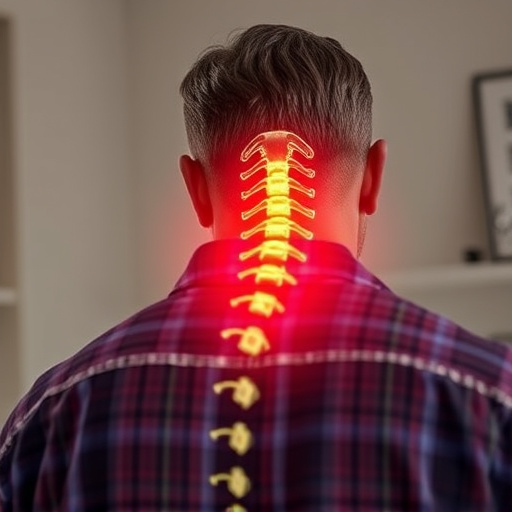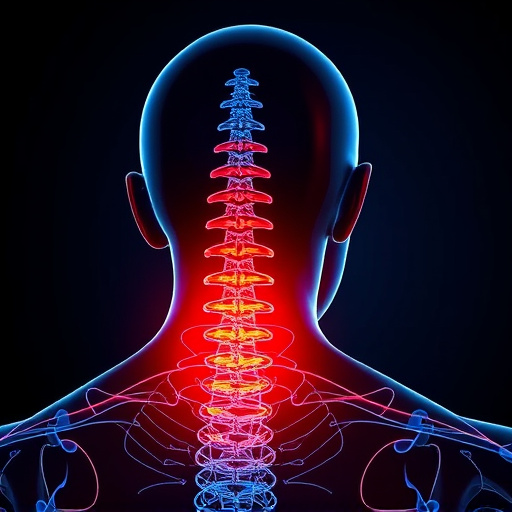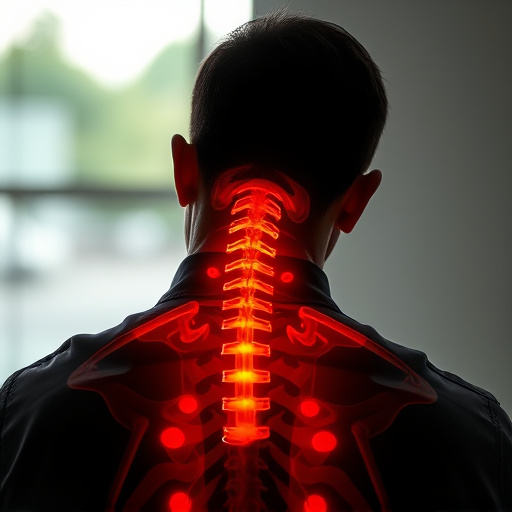Quiet performance air intakes with stealth technology are designed for minimal noise emissions while maximizing airflow efficiency in factories. These advanced systems use specialized materials and optimized flow paths, reducing noise pollution in confined spaces and near residences. By prioritizing environmental harmony over traditional methods, they enhance worker comfort, safety, productivity, and compliance with noise regulations, fostering better relationships with local communities.
In the realm of automotive engineering, factory sound level intakes have evolved beyond mere functionality. Today, they play a pivotal role in achieving a harmonious balance between power and tranquility, offering what’s known as quiet performance. This article delves into the world of stealth technology enhancing air intake design, exploring the benefits and considerations behind choosing quieter, more subtle intakes. Uncover how these innovations not only reduce noise pollution but also contribute to a more enjoyable driving experience.
- Understanding Factory Sound Level Intakes: A Quiet Performance Approach
- The Role of Stealth Technology in Air Intake Design
- Benefits and Considerations for Choosing Quiet, Stealthy Intakes
Understanding Factory Sound Level Intakes: A Quiet Performance Approach

Factory sound level intakes are designed with a quiet performance approach, prioritizing stealth and minimizing noise pollution. Unlike traditional intake systems that rely on large, loud components, modern quiet performance air intakes utilize advanced engineering techniques to achieve lower decibel levels while maintaining optimal airflow. This is crucial in environments where noise reduction is essential for worker comfort and safety, such as in factories with tight spaces or near residential areas.
Stealthy factory sound level intakes are characterized by their sleek design and careful placement of components. They often incorporate materials and technologies that dampen sound waves, ensuring a smoother, quieter flow of air into the engine. This not only enhances the overall driving experience but also contributes to better indoor air quality in industrial settings. By embracing these innovations, manufacturers can foster a safer, more pleasant working environment while meeting stringent environmental noise regulations.
The Role of Stealth Technology in Air Intake Design

In the pursuit of quieter and more efficient factories, the design of air intakes has evolved significantly, incorporating stealth technology to enhance both performance and environmental compatibility. Quiet performance air intakes are not just about reducing noise levels; they play a crucial role in improving overall factory efficiency and worker comfort. Stealth technology in this context refers to innovative designs that minimize the intake’s acoustic signature, enabling factories to operate more discreetly and reduce their impact on nearby communities.
By employing advanced materials and engineering techniques, manufacturers are creating air intakes that seamlessly integrate into their surroundings, virtually eliminating unwanted noise pollution. These stealthy intakes utilize specialized sound-absorbing materials and optimized flow paths to significantly lower the decibel levels of intake-related sounds. Such designs not only cater to regulatory requirements for reduced industrial noise but also contribute to a more peaceful and productive work environment for factory employees.
Benefits and Considerations for Choosing Quiet, Stealthy Intakes

Choosing quiet performance air intakes with stealth technology offers several benefits, especially in industrial settings. By prioritizing quiet and stealthy designs, factories can significantly reduce noise pollution within their facilities, creating a safer and more comfortable working environment for employees. This is particularly crucial in industries where high-decibel equipment is prevalent, as excessive noise exposure can lead to hearing damage and decreased productivity.
When selecting quiet intakes, consider factors like advanced sound-dampening materials used in construction, meticulously designed air flow paths to minimize turbulence, and carefully engineered intake ports for optimal airflow while keeping external noise levels low. Such considerations ensure that the benefits of enhanced performance and reduced noise are achieved simultaneously. This is not just about adhering to environmental regulations; it also contributes to a more productive, healthier, and happier workforce.














